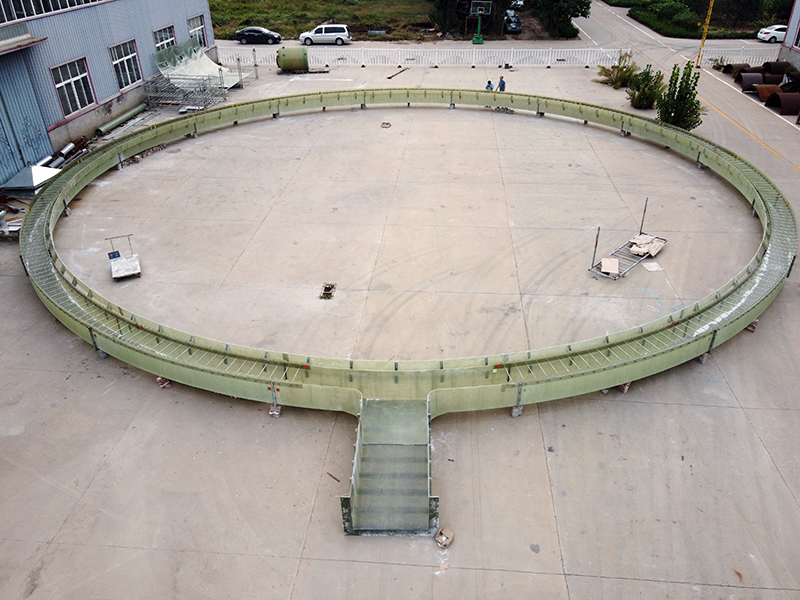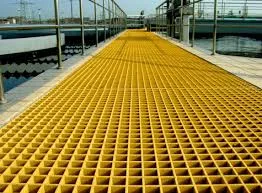
-
 Afrikaans
Afrikaans -
 Albanian
Albanian -
 Amharic
Amharic -
 Arabic
Arabic -
 Armenian
Armenian -
 Azerbaijani
Azerbaijani -
 Basque
Basque -
 Belarusian
Belarusian -
 Bengali
Bengali -
 Bosnian
Bosnian -
 Bulgarian
Bulgarian -
 Catalan
Catalan -
 Cebuano
Cebuano -
 China
China -
 China (Taiwan)
China (Taiwan) -
 Corsican
Corsican -
 Croatian
Croatian -
 Czech
Czech -
 Danish
Danish -
 Dutch
Dutch -
 English
English -
 Esperanto
Esperanto -
 Estonian
Estonian -
 Finnish
Finnish -
 French
French -
 Frisian
Frisian -
 Galician
Galician -
 Georgian
Georgian -
 German
German -
 Greek
Greek -
 Gujarati
Gujarati -
 Haitian Creole
Haitian Creole -
 hausa
hausa -
 hawaiian
hawaiian -
 Hebrew
Hebrew -
 Hindi
Hindi -
 Miao
Miao -
 Hungarian
Hungarian -
 Icelandic
Icelandic -
 igbo
igbo -
 Indonesian
Indonesian -
 irish
irish -
 Italian
Italian -
 Japanese
Japanese -
 Javanese
Javanese -
 Kannada
Kannada -
 kazakh
kazakh -
 Khmer
Khmer -
 Rwandese
Rwandese -
 Korean
Korean -
 Kurdish
Kurdish -
 Kyrgyz
Kyrgyz -
 Lao
Lao -
 Latin
Latin -
 Latvian
Latvian -
 Lithuanian
Lithuanian -
 Luxembourgish
Luxembourgish -
 Macedonian
Macedonian -
 Malgashi
Malgashi -
 Malay
Malay -
 Malayalam
Malayalam -
 Maltese
Maltese -
 Maori
Maori -
 Marathi
Marathi -
 Mongolian
Mongolian -
 Myanmar
Myanmar -
 Nepali
Nepali -
 Norwegian
Norwegian -
 Norwegian
Norwegian -
 Occitan
Occitan -
 Pashto
Pashto -
 Persian
Persian -
 Polish
Polish -
 Portuguese
Portuguese -
 Punjabi
Punjabi -
 Romanian
Romanian -
 Russian
Russian -
 Samoan
Samoan -
 Scottish Gaelic
Scottish Gaelic -
 Serbian
Serbian -
 Sesotho
Sesotho -
 Shona
Shona -
 Sindhi
Sindhi -
 Sinhala
Sinhala -
 Slovak
Slovak -
 Slovenian
Slovenian -
 Somali
Somali -
 Spanish
Spanish -
 Sundanese
Sundanese -
 Swahili
Swahili -
 Swedish
Swedish -
 Tagalog
Tagalog -
 Tajik
Tajik -
 Tamil
Tamil -
 Tatar
Tatar -
 Telugu
Telugu -
 Thai
Thai -
 Turkish
Turkish -
 Turkmen
Turkmen -
 Ukrainian
Ukrainian -
 Urdu
Urdu -
 Uighur
Uighur -
 Uzbek
Uzbek -
 Vietnamese
Vietnamese -
 Welsh
Welsh -
 Bantu
Bantu -
 Yiddish
Yiddish -
 Yoruba
Yoruba -
 Zulu
Zulu
Mar . 07, 2025 01:26
Back to list
fiberglass insulation tank
In the realm of construction and insulation, fiberglass insulation tanks are emerging as pivotal components in energy-efficient buildings and industrial operations. As the world pivots towards more sustainable practices, understanding the intricacies of fiberglass insulation tanks becomes crucial for architects, builders, and engineers focused on reducing carbon footprints and enhancing thermal efficiency.
Moreover, fiberglass insulation tanks contribute significantly to environmental sustainability. Their insulation capabilities lead to reduced energy needs for heating or cooling, which directly translates to diminished reliance on fossil fuels. Additionally, fiberglass as a material is often made from recycled glass, complementing eco-friendly building policies. For organizations aiming to meet green building standards such as LEED certifications, integrating fiberglass insulation tanks into their projects can be an attributive decision, underscoring their commitment to sustainable development. Addressing the trustworthiness, manufacturers of fiberglass insulation tanks adhere to stringent quality standards and testing protocols. The tanks undergo rigorous inspections for durability, thermal efficiency, and safety, ensuring that they meet industry regulations and customer expectations reliably. Investing in certified fiberglass insulation tanks guarantees not only compliance with legal standards but also offers peace of mind regarding the safety and efficacy of the installations. In practice, many industry leaders have already experienced the profound benefits of fiberglass insulation tanks. For instance, a case study involving a major manufacturing plant revealed a 30% reduction in energy costs after retrofitting their aging insulation tanks with modern fiberglass insulation options. This retrofit not only improved the energy efficiency of their operations but also extended the lifespan of their storage systems, demonstrating a significant return on investment. In conclusion, fiberglass insulation tanks are an exemplary choice for professionals seeking efficient, durable, and sustainable solutions for temperature control. Their robust properties ensure optimal performance across a wide range of climatic and operational conditions, affirming their place as a cornerstone in modern insulation technology. For any stakeholder invested in the future of energy-efficient infrastructure, prioritizing the incorporation of fiberglass insulation tanks will not only address current thermal management needs but also prepare structures for evolving environmental standards.


Moreover, fiberglass insulation tanks contribute significantly to environmental sustainability. Their insulation capabilities lead to reduced energy needs for heating or cooling, which directly translates to diminished reliance on fossil fuels. Additionally, fiberglass as a material is often made from recycled glass, complementing eco-friendly building policies. For organizations aiming to meet green building standards such as LEED certifications, integrating fiberglass insulation tanks into their projects can be an attributive decision, underscoring their commitment to sustainable development. Addressing the trustworthiness, manufacturers of fiberglass insulation tanks adhere to stringent quality standards and testing protocols. The tanks undergo rigorous inspections for durability, thermal efficiency, and safety, ensuring that they meet industry regulations and customer expectations reliably. Investing in certified fiberglass insulation tanks guarantees not only compliance with legal standards but also offers peace of mind regarding the safety and efficacy of the installations. In practice, many industry leaders have already experienced the profound benefits of fiberglass insulation tanks. For instance, a case study involving a major manufacturing plant revealed a 30% reduction in energy costs after retrofitting their aging insulation tanks with modern fiberglass insulation options. This retrofit not only improved the energy efficiency of their operations but also extended the lifespan of their storage systems, demonstrating a significant return on investment. In conclusion, fiberglass insulation tanks are an exemplary choice for professionals seeking efficient, durable, and sustainable solutions for temperature control. Their robust properties ensure optimal performance across a wide range of climatic and operational conditions, affirming their place as a cornerstone in modern insulation technology. For any stakeholder invested in the future of energy-efficient infrastructure, prioritizing the incorporation of fiberglass insulation tanks will not only address current thermal management needs but also prepare structures for evolving environmental standards.
Next:
Related Products









